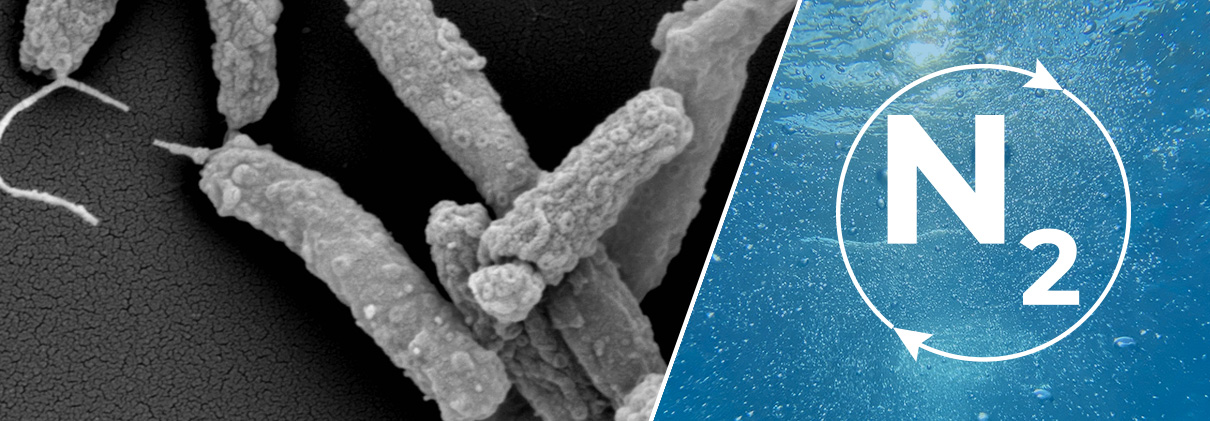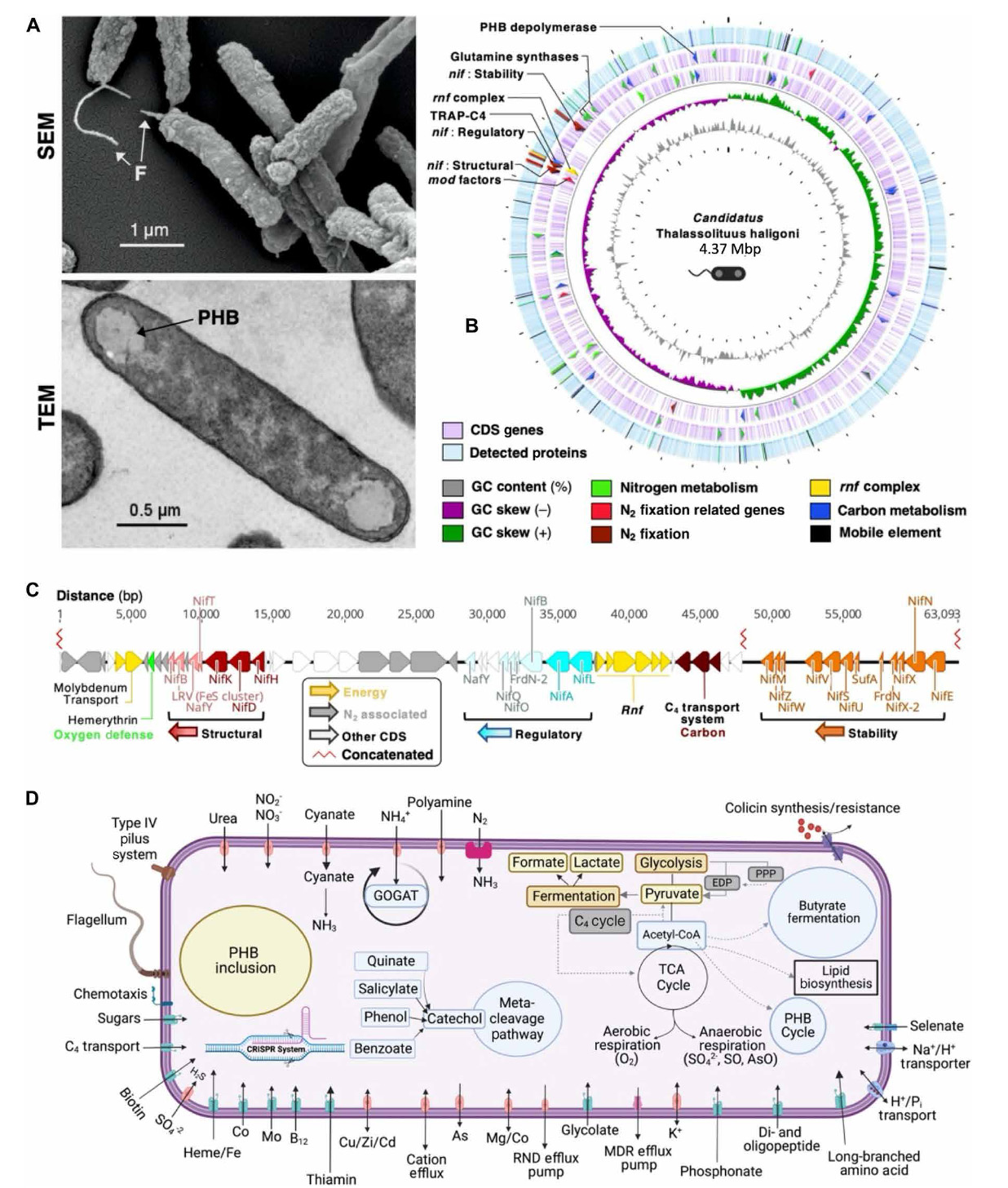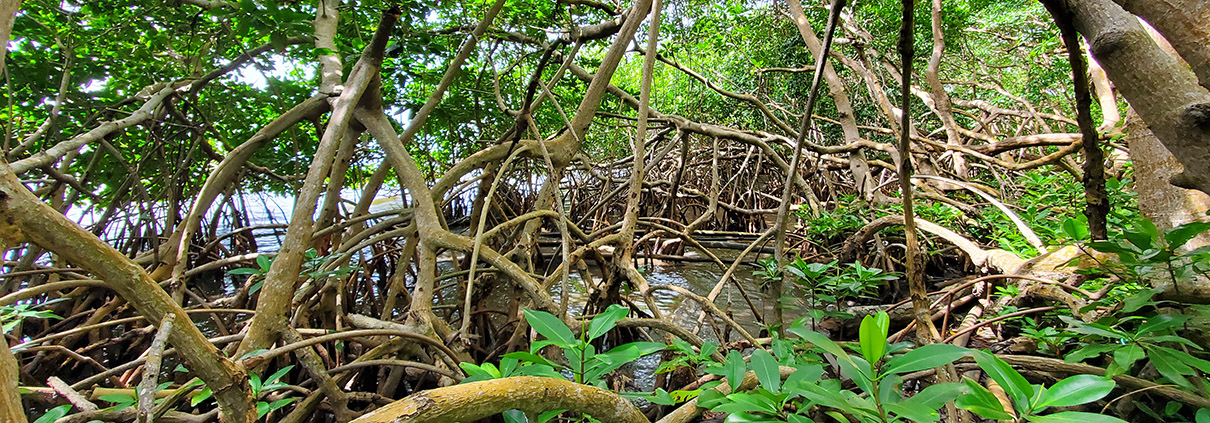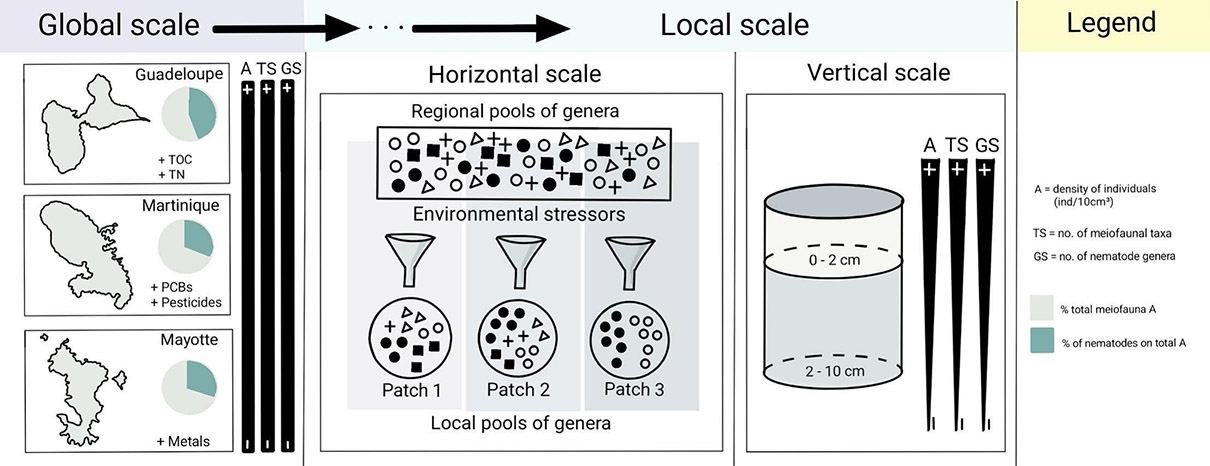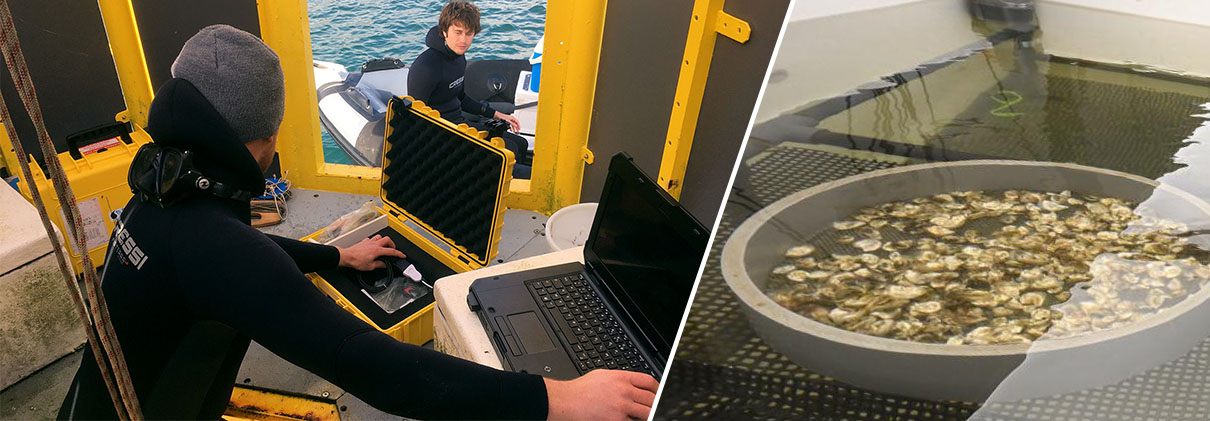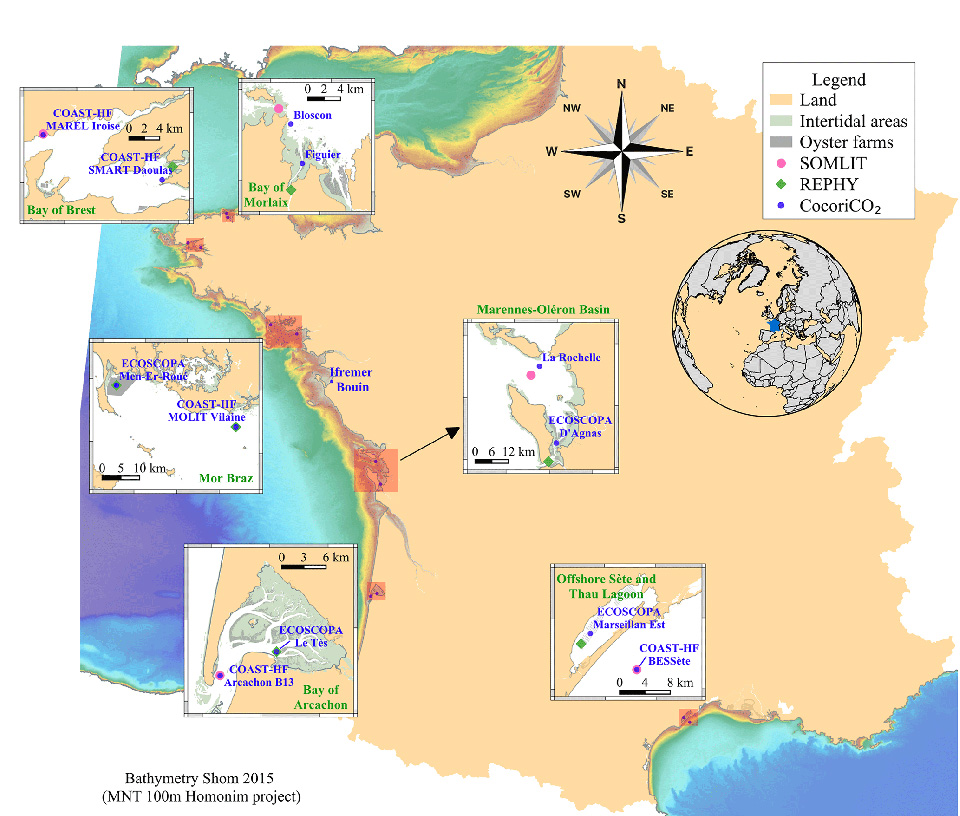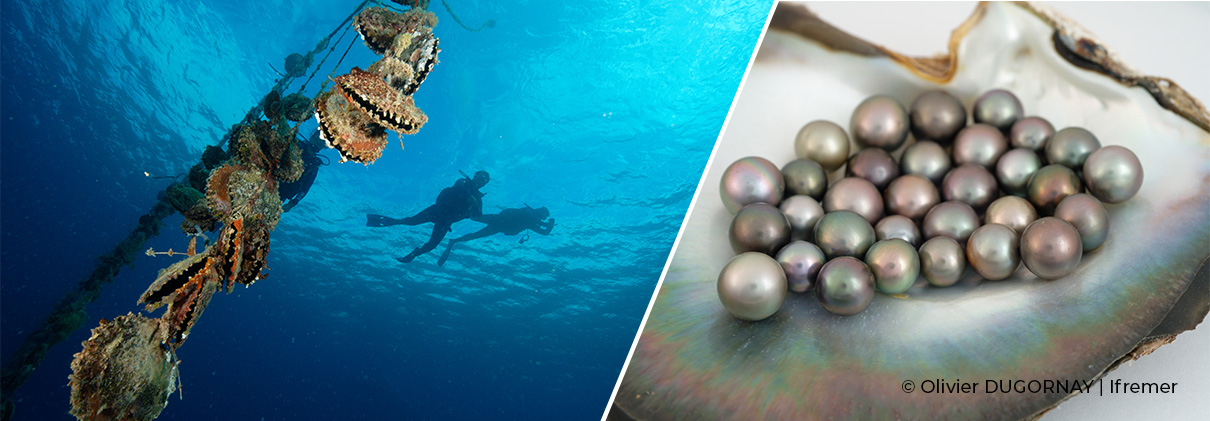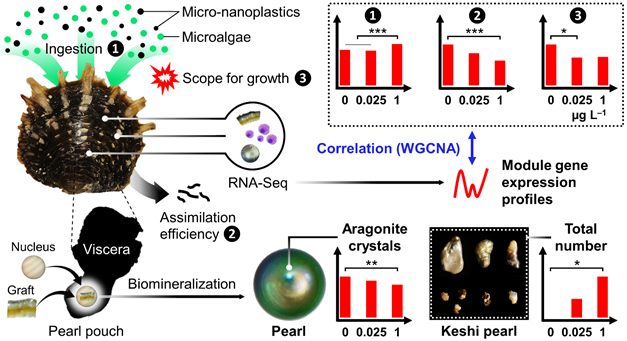Decoding drivers of carbon flux attenuation in the oceanic biological pump
Abstract
The biological pump supplies carbon to the oceans’ interior, driving long-term carbon sequestration and providing energy for deep-sea ecosystems. Its efficiency is set by transformations of newly formed particles in the euphotic zone, followed by vertical flux attenuation via mesopelagic processes. Depth attenuation of the particulate organic carbon (POC) flux is modulated by multiple processes involving zooplankton and/or microbes. Nevertheless, it continues to be mainly parameterized using an empirically derived relationship, the ‘Martin curve’. The derived power-law exponent is the standard metric used to compare flux attenuation patterns across oceanic provinces. Here we present in situ experimental findings from C-RESPIRE, a dual particle interceptor and incubator deployed at multiple mesopelagic depths, measuring microbially mediated POC flux attenuation. We find that across six contrasting oceanic regimes, representing a 30-fold range in POC flux, degradation by particle-attached microbes comprised 7–29 per cent of flux attenuation, implying a more influential role for zooplankton in flux attenuation. Microbial remineralization, normalized to POC flux, ranged by 20-fold across sites and depths, with the lowest rates at high POC fluxes. Vertical trends, of up to threefold changes, were linked to strong temperature gradients at low-latitude sites. In contrast, temperature played a lesser role at mid- and high-latitude sites, where vertical trends may be set jointly by particle biochemistry, fragmentation and microbial ecophysiology. This deconstruction of the Martin curve reveals the underpinning mechanisms that drive microbially mediated POC flux attenuation across oceanic provinces.
Figure

a, Schematic of the cumulative transformations of settling particles (denoted by solid vertical bars) due to zooplankton flux-feeding (FF), DVM and MR before particle interception by C-RESPIRE during the initial collection phase at each of three depths. MR (in blue) represents the subsequent incubation phase of C-RESPIRE in which only MR acts on the intercepted particles to decrease POC.
b, Deconstruction of the main drivers of the POC flux attenuation. MR (blue areas) is as described in a and is inferred from measured O2 consumption and a fixed RQ. Dissolved organic C accumulation rates during incubation were low (representing on average 21 ± 16% of MR), supporting a close coupling between solubilization and MR. The residual POC flux (open circles) corresponds to the (intercepted) POC measured at the end of the multi-day in situ incubation. Cumulative POC flux (filled circles) is reconstructed using the sum of the residual POC and MR (that is, residual POC flux + MR) and should reflect a Martin curve, represented by the solid black line.
c, Locations of C-RESPIRE deployments overlaid on a map of satellite-derived net primary productivity (NPP) climatology (2003–2018) (obtained from the NASA Ocean Color website and the CAFE algorithm). Green, SG; brown, BEN; red, SAZ; orange, PAPA; blue, MED; purple, SPSG.
Reference
Bressac, M., Laurenceau-Cornec, E.C., Kennedy, F. et al. Decoding drivers of carbon flux attenuation in the oceanic biological pump. Nature 633, 587–593 (2024). https://doi.org/10.1038/s41586-024-07850-x


